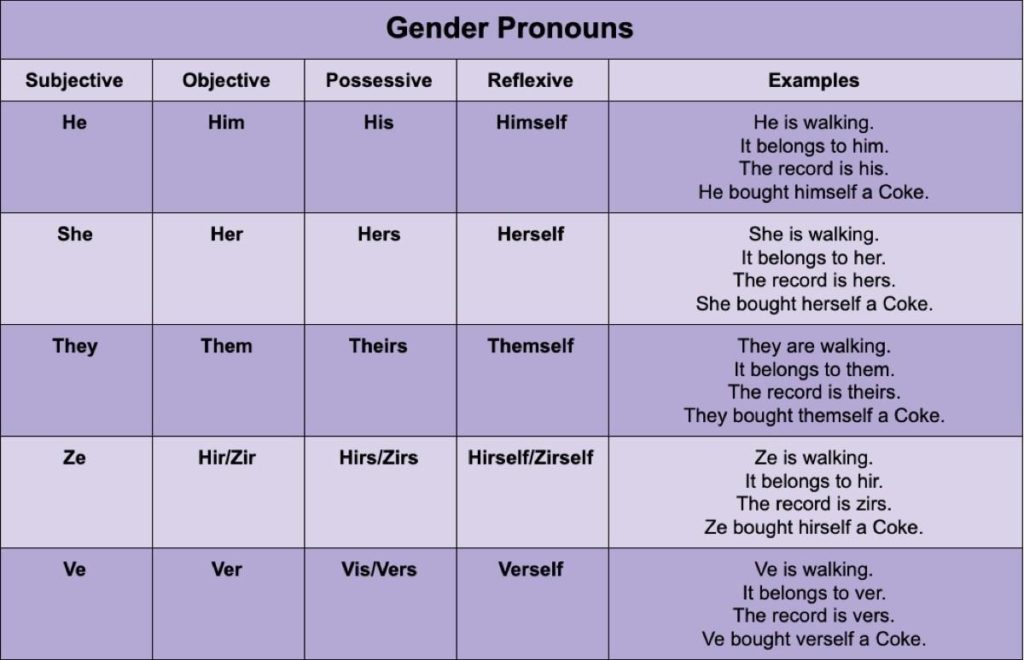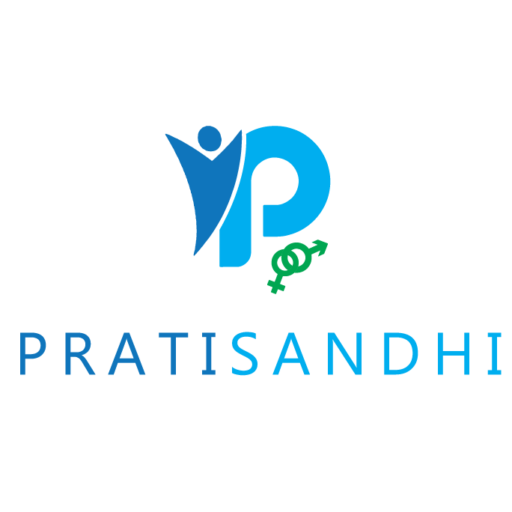Let’s Talk Pronouns
By – Anura Pareek
Any tech savvy individual today would have noticed a special something present in bio(s) of social media users lately. It’s cropping up at almost all platforms, including email signatures and is causing quite the stir amongst netizens. While there are some objections around it being used by all, most people are advocating in its favour. What thing, you ask?
It’s the practice of mentioning preferred pronouns on social media handles.
The What and Why of Stating Pronouns
It is a common practice within the queer community to mention their pronouns to avoid being mis-gendered. Now, it is becoming a widespread phenomena where cis-gendered people (who identify with the gender assigned to them at birth) from within and outside the queer community are also adopting the practice of stating their pronouns.
Mis-gendering can actually lead to very embarrassing situations for the perpetrator and can hurt the person on the receiving end. Adding pronouns might look like an “extra woke” trope, however when you take a closer look, it is about breaking away from the stereotypes. Mentioning and asking for preferred pronouns smashes the idea that gender and sexuality are binary and makes space for gender fluid people to express their sexuality as well, without being mis-gendered. It also helps us to dismantle the accepted notions of how a cisgendered male or female or transgender people should look like.
Why are Cis People Getting on the Wagon?
Well for starters, to be better allies. Queer people run the chances of being singled out and harassed online. If sharing pronouns becomes the norm, the chances of that happening are reduced. Moreover, this practice normalises asking others for their preferred pronouns, which reduces the chances of mistakenly mis-gendering others.
On a larger scale, stating your preferred pronouns opens up the conversation about gender. Say for example, someone who might not know much about the queer community and the spectrum of sexuality might see the pronouns “they/them” on someone’s profile or come across he/him pronouns on the social media handle of a person who might not look stereotypically what society would expect “cis-gendered male” to look like. The person might just go ahead and ask an acquaintance about the practice and voila, another person will get educated on the topic.
How can I (and others) start doing this?
It’s easy, just go ahead and add your preferred pronouns to your bio. I am sure you know the directions for how to do that. You cannot really make others do the same if they don’t want to, but looking at others do it just might inspire some of us. Add the pronouns to your email signatures and LinkedIn, so as to normalise this practice in workplaces as well. If you want to go a step ahead and wish to make this a norm at your workplace, try talking to the HR about it.
Remember to keep the following guidelines in mind: Use the format he/him, she/her, they/them, etc while writing the pronouns instead of h/h or s/s. Some people from the queer community may not have their pronouns mentioned on their social media handles and that’s perfectly okay. They might not be out to their family or might be avoiding scrutiny. Also, if you are referring to someone and aren’t sure of their pronouns, simply use “they”. Using “they/them” for people whose pronouns you are unsure of is a good practice and is not considered mis-gendering.
A simple addition to the information we share on social media can go a long way in normalising a culture that can eventually change the way society perceives gender. It makes you a better ally and ultimately breaks away from the understanding of gender as binary and rigid.
So to get the ball rolling, the author’s preferred pronouns are she/her, what are yours?


Author

